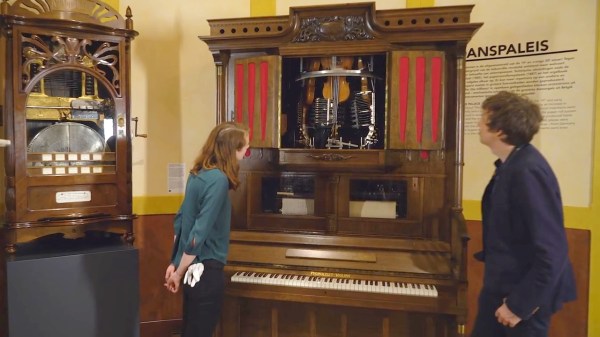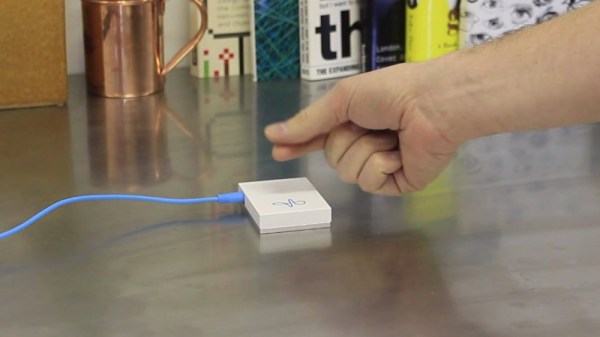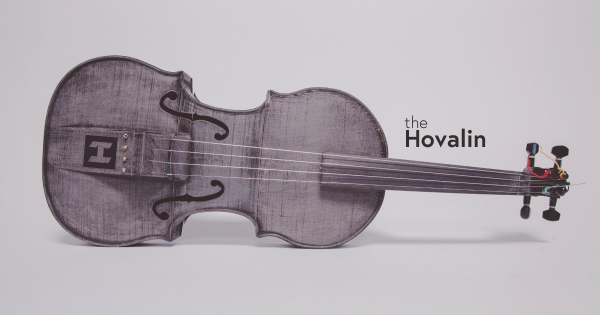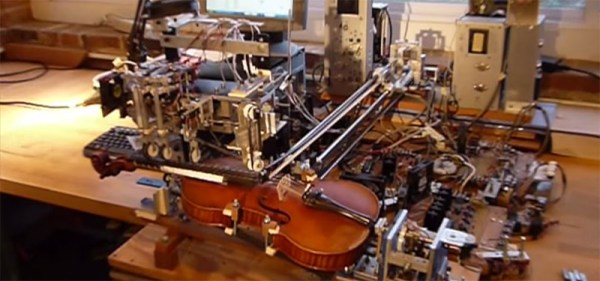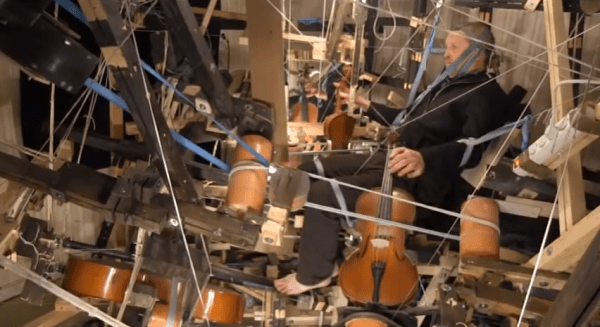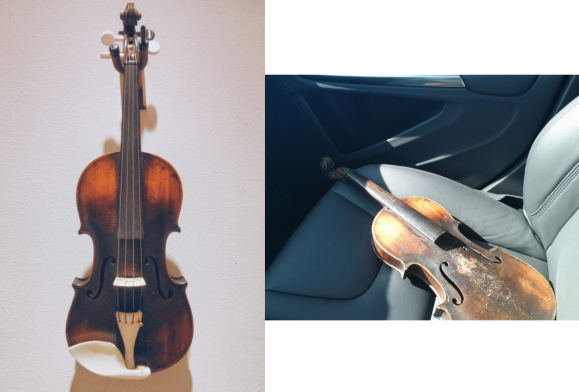[Martin], of the YouTube channel [WinterGatan], recently uploaded a video tour of the Phonoliszt Violina, an orchestrion, or a machine that plays music that sounds as though an orchestra is playing. The interesting thing about this one is that it plays the violin. At the time of its construction, people weren’t even certain such a thing would be possible and so when [Ludwig Hupfeld] first built one around 1910, it was considered the eighth wonder of the world.
The particular one shown in the video is at the Speelklok Museum in Utrecht, the Netherlands. The bow is a rotating cylinder with 1300 horsehairs. To get the sound of a single violin, it actually uses three of them. Rather than the bow being moved to press against the strings, the violins tilt forward to make their strings contact the rotating bow. Only one string is used per violin, hence the reason that three violins are needed. The volume is controlled by making the bow rotate faster for more volume, and slower for less. Mechanical fingers press against the strings with cork to more closely imitate the human fingertip.
The machine consists of both the mechanical violin and piano under the guidance of two paper rolls, with one roll playing at a time. See and hear it in action in the video below.
Continue reading “Self-Playing Violin: Eighth Wonder Of The World”

